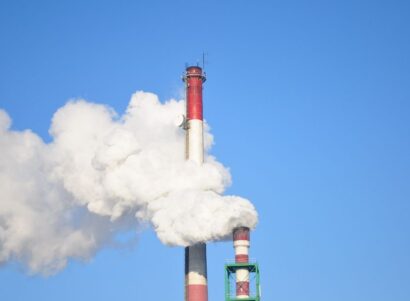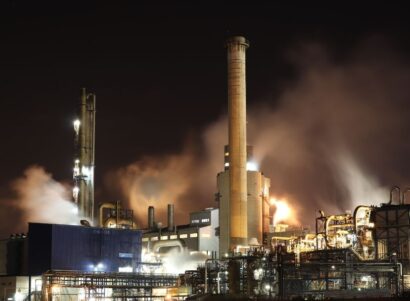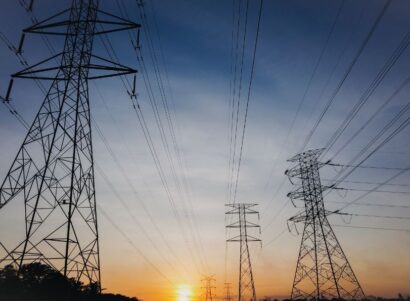Introduction
The United States has experienced a boom in natural gas production due to recent technological innovations that have enabled this resource to be produced from shale formations. This review discusses the body of evidence that focuses on exposure pathways to evaluate the potential environmental public health impacts of shale gas development. It highlights what is currently known and identifies data gaps and research limitations by addressing matters of toxicity, exposure pathways, air quality, and water quality. There is evidence of potential environmental public health risks associated with shale gas development. A number of studies suggest that shale gas development contributes to levels of ambient air concentrations known to be associated with increased risk of morbidity and mortality. Similarly, an increasing body of studies suggest water contamination risks exist through a variety of environmental pathways, most notably during wastewater transport and disposal and via poor zonal isolation of gases and fluids due to structural integrity impairment of cement in gas wells. Despite a growing body of evidence, a number of data gaps persist. Most importantly, there is a need for more epidemiological studies to assess associations between risk factors, such as air and water pollution and health outcomes among populations living in close proximity to shale gas operations.

 Study
Study






